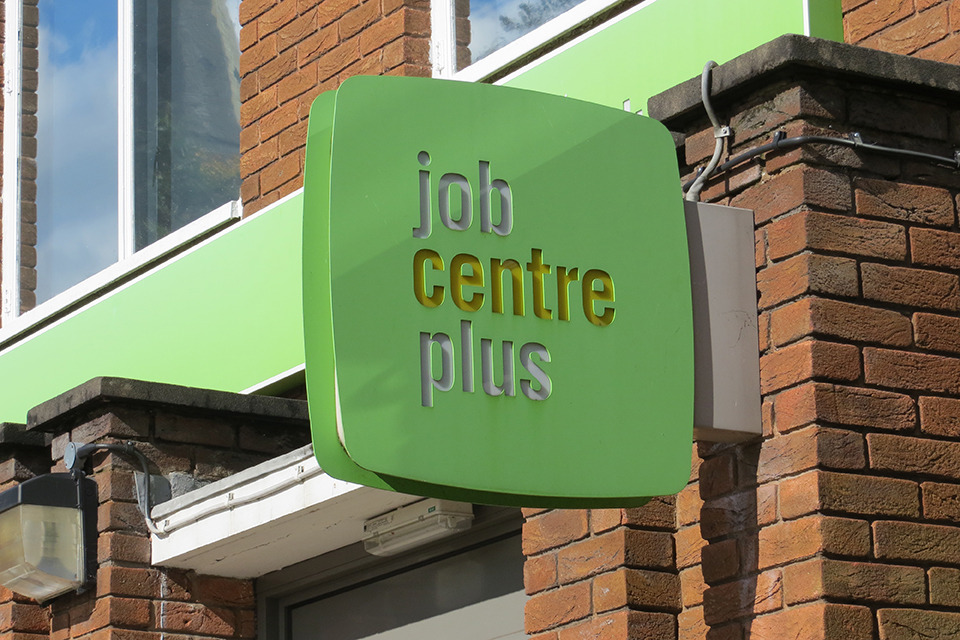HMRC needs to stay committed to meeting its goals as it faces one of its most challenging years yet in its efforts to become one of the world’s most digitally-advanced tax administrations, the National Audit Office has said.
HMRC is in the process of exiting the biggest single government IT contract – Photo credit: HMRC
In response to HMRC’s annual report and accounts, which were published yesterday, the comptroller general Amyas Morse said that the body needed to “keep its nerve” even in the face of setbacks.
The NAO’s report on the HMRC accounts noted that the tax authority was managing one of the most complex transformations seen in government as it transfers from its legacy IT contract, known as Aspire, with Capgemini.
Following criticisms that it had tried to change too much, too quickly, HMRC revised its approach to exiting the contract and chose to take a phased approach, at the same time creating a new company, Revenue & Customs Digital Technology Service, to manage its digital and technology services.
The NAO said that it was too early to evaluate the programme, given that some of the changes in approach have been active for just a few months, but it noted that RCDTS is due to publish its accounts in autumn.
However, the NAO also said that 2016-17 would be the year of greatest activity for the HMRC, in terms of both spending and the outcomes it hopes to achieve, and as such should focus on making a proper assessment as soon as possible to implement necessary changes ahead of 2017-18.
Related content
Aspiring to change
IT staff moving to HMRC from private contractor will still be bound by 1% pay cap
Setting out the challenge in a statement published alongside the report, Morse said: “On the one hand, it needs to keep its nerve and commitment to its goals even if there are occasional setbacks along the way; on the other, it needs to ensure that it does not make the taxpayer underwrite the risk of failure through service breakdowns.”
The NAO report, which is appended to HMRC’s annual report, said that managing the high levels of complexity and ambition in HMRC’s plan would be a major challenge.
Although it said the tax authority had recognised that this meant the plans were more uncertain than a conventional change programme, it noted that there could be “serious risks if major assumptions underpinning its strategy do not prove realistic”.
It cited as an example HMRC’s recent assumption that taxpayers would move over to online services more quickly than they did, and so its decision to cut call centre staff when there was still high demand led to impaired quality of service for 18 months.
HMRC is now more closely monitoring how taxpayers respond to changes in services, and the NAO said that HMRC needed to model the impact of different scenarios in future in order to intervene earlier.
HMRC’s annual report and accounts also set out a number of risks it had identified in the previous year, which included customer service.
It said that it had developed a number of ways to ensure sustainable improvements, which included better monitoring systems, ensuring flexible staff working and working to digitise forms so they can be submitted online.
Other identified risks were to ensure the delivery of robust IT infrastructure, providing better IT services and to improve cyber security measures.



